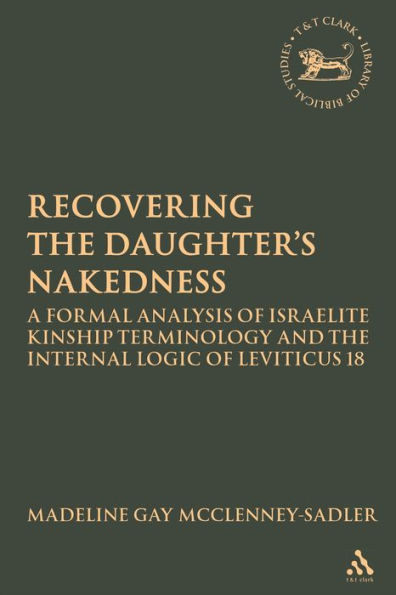In order to assess the purpose and function of the incest narratives in the Pentateuch and the incest prohibitions of Leviticus 18, McClenney-Sadler's book offers a formal examination of ancient Israelite kniship terminology. According to anthropologists, only through a formal analysis of kin terms can incest prohibitions be properly understood. A "formal" analysis of kinship terms is a method employed ny ethnographers to compare the kinship system of any given society with one of the six conventionally recognized kinship systems worldwide.
There are very specific culturally patterned and expected behaviors that every society adopts in relation to post-marital residence, rules of descent, kinship terminology and incest prohibitions. These patterns are socially conditioned and eventually produce either of the six knishp systems. A close reading of the biblical textual evidence in light of Syro-Palestinian archaeology allows ut to conclude that the kinship system of ancient Israel was Normal Hawaiian. Furthermore, the internal logic and structure of Leviticus 18 becomes clear once we recognize that descent is not biological but jural in nature. Reading Leviticus 18 with this idea in view, we find that a Normal Hawaiian kinship system is reflected in both the Genesis incest narratives and the jual-legal form of Leviticus 18. A hierarchy of kinship becomes transparent in the form and structure of Leviticus 18. In particular, we see in this form that wives and mothers were treated as heads of family in biblical law and endowed with spousal and parental rights and authority over every other family member, not only in incest laws, but in all matters. The jural authority of mothers and wives is structurally represented as second only to that of Yahweh.



